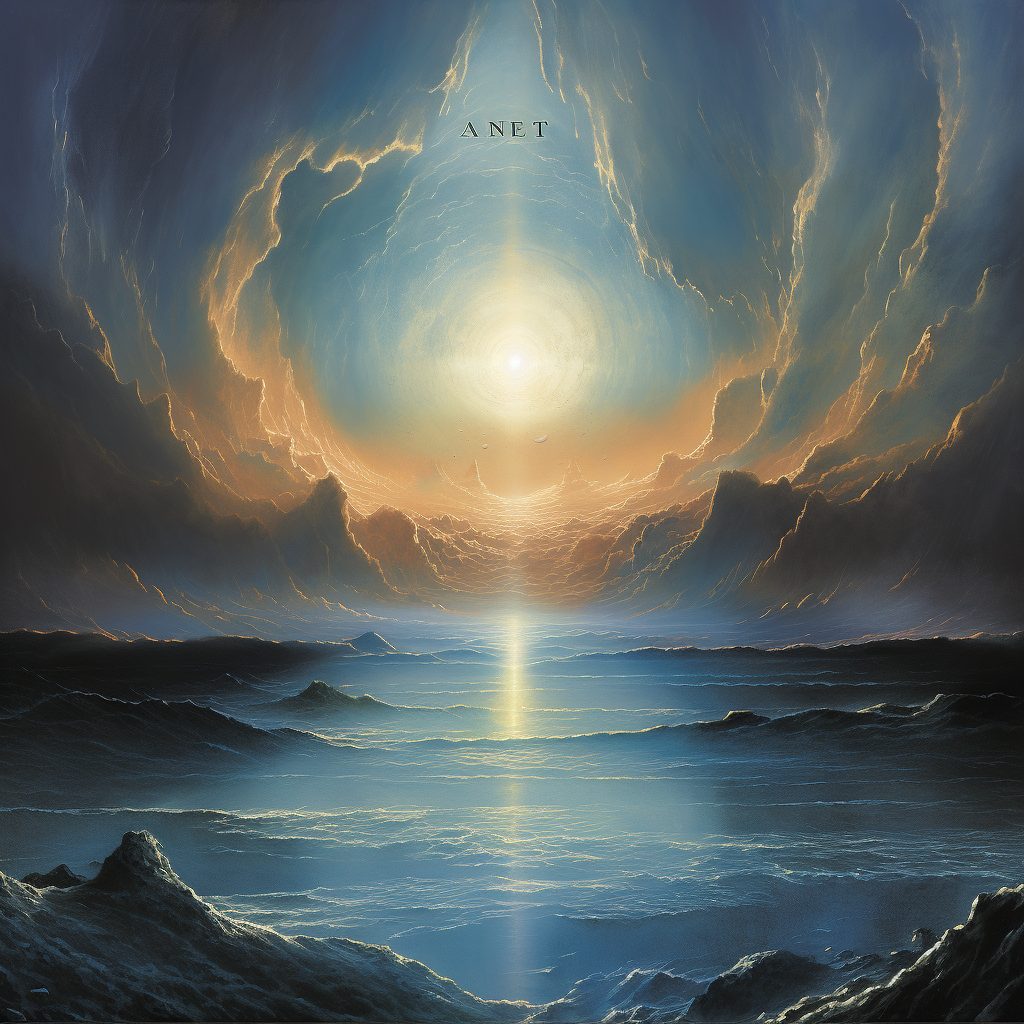Exploring Genesis: Let There Be Light
Welcome back to our journey through the book of Genesis! Today, we’re diving into one of the most iconic verses in the Bible: “And God said, ‘Let there be light,’ and there was light.” But what deeper meanings lie within these seemingly simple words? Let’s unpack this verse and explore the fascinating perspectives it offers.
God’s Personal Will in Creation
First and foremost, this verse emphasizes that creation is not an inherent part of God, as some belief systems suggest. Instead, it is a product of His personal will. The phrase “God said” highlights His active role in bringing the universe into existence through the power of His word, setting Him apart from creation and emphasizing His transcendence.
“And God said” in Creation Week
As we progress through each day of creation, we encounter the recurring phrase “And God said.” This emphasizes that the universe did not come into being without God’s personal will, intelligence, and information. Each creative act is initiated by His spoken word, underscoring the divine origin of all existence.
Two Primary Perspectives
In interpreting creation week, two primary perspectives emerge: the Young Earth perspective and the Old Earth perspective. The Young Earth view holds that creation occurred over six literal 24-hour days, with the earth estimated to be around 6,000-10,000 years old. In contrast, the Old Earth perspective posits that creation took place over a much longer period, spanning millions or billions of years.
Clarifying Misconceptions
It’s crucial to clarify that holding an Old Earth perspective does not necessarily entail subscribing to evolution. Many Old Earth creationists reject evolutionary theories and maintain a belief in divine creation. This debate, therefore, is primarily an in-house discussion among Christians, and it does not impact one’s salvation or relationship with Christ.
Interpreting “Let There Be Light“
The phrase “Let there be light” prompts questions about the nature of light and its source before the creation of the Sun on Day 4. In the Young Earth perspective, this light is seen as distinct from sunlight and is directly created by God. Alternatively, the Old Earth perspective interprets it as the first visibility of sunlight from the vantage point of the earth’s surface.
Understanding “Day”
The Hebrew word for “day,” yom, has multiple literal definitions, including a 24-hour period, all daylight hours, part of the daylight hours, or a long period of time. Throughout Genesis 1, yom is used in various contexts, highlighting the need to consider grammar, sentence structure, and context when interpreting its meaning.
Conclusion
As we delve into Genesis 1:3-5, we encounter profound insights into the nature of creation and God’s role as its divine author. Regardless of our interpretations of creation week, let’s approach these discussions with grace, recognizing that our ultimate focus should remain on our relationship with Jesus Christ.
If you are interested in learning more about creation week or Genesis, I invite you to join me as we continue our exploration of Genesis and delve into the creation of the firmament, seas, dry land, and perhaps even some plants. Remember, at the end of the day, our salvation in Christ is what truly matters.
Thank you for joining us on this enlightening journey through the book of Genesis. Until next time, may God’s light guide you on your path.



